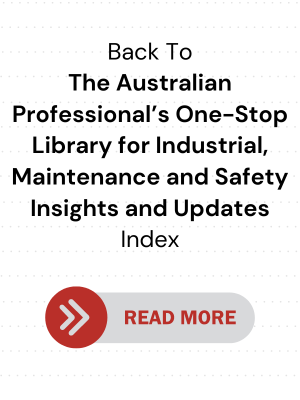Common V-Belt Problems and Solutions

.png)
Understanding these common issues and their solutions is crucial for maintaining optimal machine operation and preventing costly downtime. Before delving into solutions, it's important to recognize the signs of trouble. The challenging part is that a symptom could indicate one or more problems, and often the causes of trouble are related.
Here are some of the most common indicators of v-belt problems:
|
Sign of Trouble |
Description / Symptom |
Usual Causes |
Possible Solutions |
|
Slippage |
Belt loses its grip on the pulleys, leading to reduced power transfer, squealing noises and potential overheating |
|
|
|
Noise |
Unusual noises like squealing, chirping or slapping sounds often signal belt-related issues |
|
|
|
Premature and uneven wear and tear |
Abnormal wear patterns and visible signs of damage -- such as cracks, fraying or material loss -- indicate that the belt's integrity is compromised and it may snap soon |
|
|
|
Misalignment |
Abnormal wear patterns, reduced power transfer, squealing noises |
|
|
|
Contamination |
Apparent presence of chemicals and elements that often lead to squealing noises |
|
|
Related articles for further reading:
- Diagnosing Improper Belt Tension or Misalignment
- Proper Belt Storage and Handling
- Factors Affecting Electric Motor Lifespan
- Common Causes of Electric Motor Breakdown
More considerations
Aside from the regular inspection and maintenance mentioned above, make sure to keep in mind these reminders:
- Inspect belts regularly: Check for wear, cracks, fraying, and other signs of damage.
- Maintain proper tension: Use a tension gauge to ensure correct belt tension.
- Align pulleys accurately: Use laser alignment tools or other precision methods for accurate alignment.
- Clean pulleys and belts: Remove dirt, grease and other contaminants regularly.
- Store belts properly: Protect belts from heat, sunlight and moisture when not in use.
- Replace belts as a set: When replacing belts, replace the entire set to ensure consistent performance and load distribution, and save on the downtime and labour costs, as the other belt(s) are likely on their way out soon since they were subject to the same stress as the bad one.
- Consider upgrading: For improved grip and power transmission, consider using cogged or ribbed belts. In some applications, you can even convert to a chain system.
V-belts are critical components in power transmission, and understanding common problems and their solutions is essential for maintaining efficient and reliable machinery. If you encounter persistent or severe V-belt problems, it's always best to consult a qualified technician for professional assistance.
AIMS' Note on Safe Use of Belt-Driven Systems
- Power down: Before any inspection, maintenance, or adjustment, make sure to completely shut down the power to the machine and apply a lockout/tagout (LOTO) device to prevent accidental restarts.
- Right belt for the system: Keep in mind that v-belts (especially cogged / notched / wrapped belts) are different from synchronous /timing / ‘toothed’ belts. Some mistake the cogs for teeth but remember that cogged belts run on V-shaped pulleys that do not have teeth. Are you operating where flammable substances are present? Maybe you need fire-resistant anti-static (FRAS) belts – or maybe heat-resistant and oil-resistant belts will do. We compared them in this FAQ.
- Safe attire: Avoid loose clothing, jewelry and long hair that could get caught in the moving parts. Ensure proper fit of workwear without compromising comfort, dexterity and protection. Tie back long hair and secure loose items.
- Safeguards in place: Never operate a belt-driven system with the guards removed or bypassed. These guards are there for your protection.
- Maintenance and replacement: Regularly inspect belts and pulleys for wear and tear. Maintain proper belt tension and alignment as specified by the manufacturer. When replacing the belt, make sure you get the proper fit and measurement of the system. These accessories and maintenance kits (eg alignment tools, belt measurers, pulley gauge sets, spacers, tensioners etc) come in handy.
- Cleanliness: Keep the area around belt drives free of debris and clutter that could get caught or cause a fire hazard.
(Refer to our content library's sub-index of articles about belt-driven systems and electric motors for more information.)



.png)